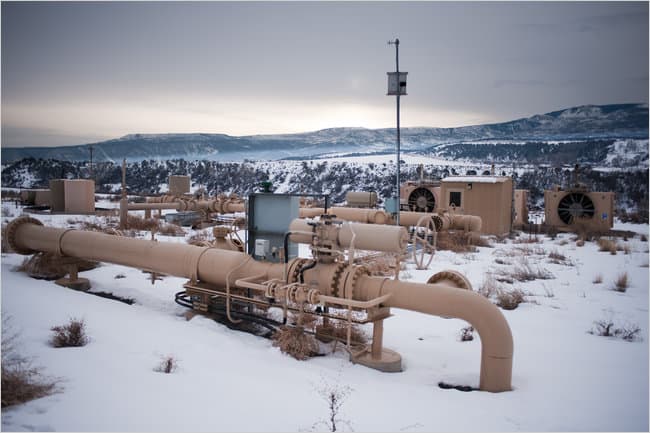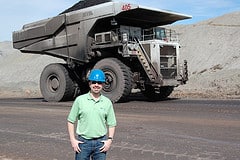At a recent TED lecture at North Carolina State University, Professor Toddi Steeman talked about three science myths: “Science Determines Policy,” “Science is Objective,” and “More Science Leads to Consensus.” Steelman titled the talk, “My Jihad Against Scientific Fundamentalism.” Beginning about 7:50 into the presentation Steelman talks about so-called “Climategate,” as one of two case studies where misplaced emphasis on science frustrates policy development and problem solving. Here is a “snip,” [hastily transcribed from audio, beginning at 12:57]:
More, better, new science cannot provide objective answers to value-based questions. Science is actually pretty good at helping us understand problems, but is really not so good at helping us understand solutions to those problems. … Politics is the realm where we shape and share our collective values as a society. And politics requires different forms of knowledge, including local knowledge and public preferences. …
Knowledge like “public preferences” and “local knowledge” are often dismissed outright when we talk about environmental issues because they are seen as flawed in some fundamental way. They are seen as biased or not objective or not neutral. In that type of framing science is actually seen to be a more perfect form of knowledge … seen as … less biased or more objective or more neutral. … And under that type of framing [science] is a preferred or privileged form of knowledge in environmental decision-making. … The question is, Should it be that way?
Under that type of framing politics is really vilified. It is seen as a dirty, spin-filled, nasty practice full of compromise and collaboration in the absolute worst sense of those words. And because it is portrayed that way or framed that way it is easy to dismiss these other forms of knowledge….We are sort of left with having science to fill this gap. … But the question is, Should it be that way? …
Science can’t tell us what to do as individuals or as a collective society in the face of a changing climate. We have to make those hard decisions and engage in that debate collectively. And yet we continuously look to science to provide those answers for us. So the question again is, Why? Why do we do that? …
We continue to place these expectations on science—that science really cannot meet. And in doing so we really do an enormous disservice to science. …What we really need to do is to elevate the political dialogue in our society and to take the expectations on science down a little bit. …
We could continue to perpetuate the [three science myths above]. … And in doing so we do an enormous disservice to science … Or, the alternative vision is to acknowledge what those myths are and to embrace politics and the really constructive role it can potentially play for us. And in doing so what we could do is accept what science can do and what its strengths are, as well as what local knowledge can do for us, as well as what public preferences can do for us. And in leveraging all three of those knowledge types perhaps get better purchase on some of these contested claims in the environmental arena. Because the challenges we face in our environmental arena are so wide and so challenging we need all the help that we possibly can get.








